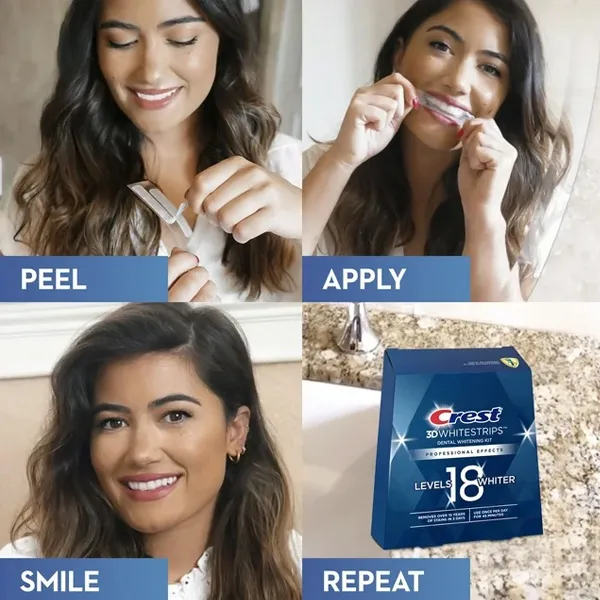Teeth whitening has become increasingly popular, with many people seeking brighter smiles. Among the various methods, whitening strips have emerged as a convenient and accessible option. However, the question of whether it’s safe or effective to use whitening strips after brushing teeth often arises. This article delves into the top five essential facts you need to know about using whitening strips after brushing, helping you make informed decisions for optimal oral care.
Whitening Strips After Brushing: Top 5 Facts
Fact 1: The Science Behind Whitening Strips
Whitening strips typically contain hydrogen peroxide or carbamide peroxide, which are the active ingredients responsible for bleaching the teeth. These chemicals penetrate the enamel and dentin, breaking down stain molecules and lightening the teeth’s color. Understanding this process is crucial to understanding how the timing of the application affects its efficacy. The effectiveness of whitening strips relies on the contact time of the active ingredient with the tooth surface. Thus, it’s crucial to understand how other factors, like brushing, can influence this contact and the overall outcome.
How Whitening Strips Work
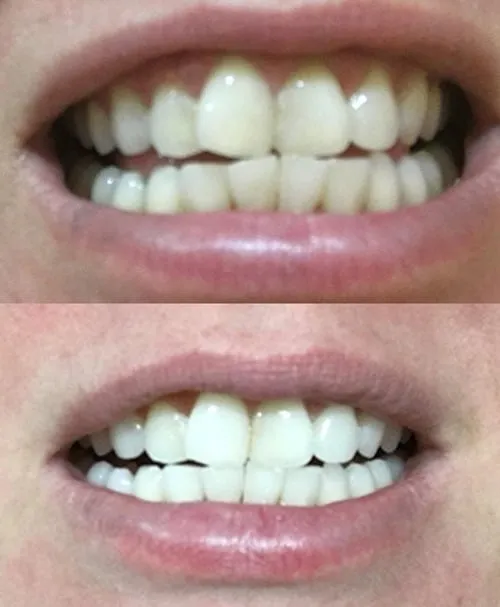
The active ingredients in whitening strips, hydrogen peroxide or carbamide peroxide, oxidize the stain molecules within the tooth enamel. This process effectively breaks down the bonds that hold the stains together, making them less visible and resulting in a brighter smile. The concentration of the peroxide and the duration of application influence the degree of whitening. Generally, higher concentrations and longer application times lead to more significant whitening effects, though they also increase the risk of sensitivity.
The Impact of Brushing on Whitening
Brushing teeth before applying whitening strips can remove surface debris and plaque, which can enhance the strip’s contact with the tooth surface. However, brushing immediately before may also introduce abrasive agents that could potentially reduce the effectiveness of the whitening agent. Toothpaste often contains detergents and abrasives. These can interfere with the whitening process by creating a barrier or even potentially removing some of the whitening agent before it has time to work effectively. Thus, timing becomes a critical factor to consider.
Fact 2: Timing is Key
The optimal time to use whitening strips in relation to brushing is a crucial consideration. Brushing immediately before applying the strips may not be ideal. Instead, many dental professionals recommend brushing your teeth at least 30 minutes to an hour before applying the strips. This allows enough time for the abrasive effects of the toothpaste to diminish, ensuring the whitening agent can work effectively. This approach can strike a balance between cleaning the teeth and allowing the whitening agent to function without interference.
When to Apply Whitening Strips After Brushing
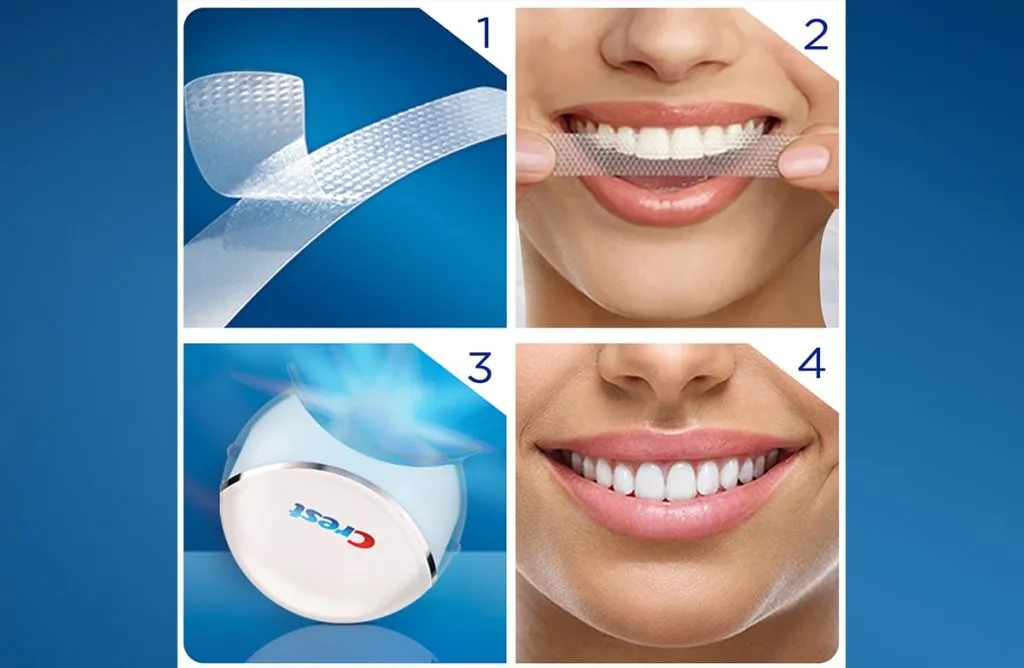
As mentioned, the best practice is usually to brush your teeth before applying the strips. Ideally, brushing should occur at least 30 minutes to an hour before the application of the whitening strips. This timeframe allows the tooth enamel to re-establish its natural protective layer, allowing the whitening agent to work most efficiently. It’s equally important to rinse your mouth thoroughly after brushing to remove any residual toothpaste, which could hinder the whitening process.
Potential Risks of Immediate Application
Applying whitening strips immediately after brushing can increase the risk of tooth sensitivity and gum irritation. Toothpaste can contain abrasive particles and detergents that can temporarily compromise the enamel and gum tissues. When the whitening agents come into contact with these areas right after brushing, it can lead to heightened sensitivity and discomfort. Allowing a period between brushing and strip application minimizes these risks, providing a more comfortable experience and reducing potential harm to the teeth and gums.
Fact 3: Sensitivity and Irritation
Tooth sensitivity and gum irritation are common side effects of using whitening strips, especially when used improperly or in conjunction with other oral care habits. Understanding how to manage these potential issues is essential for a positive whitening experience. Whitening products, while effective, can sometimes cause temporary discomfort. Therefore, knowing how to mitigate these effects is crucial to a comfortable and successful whitening journey.
Managing Tooth Sensitivity
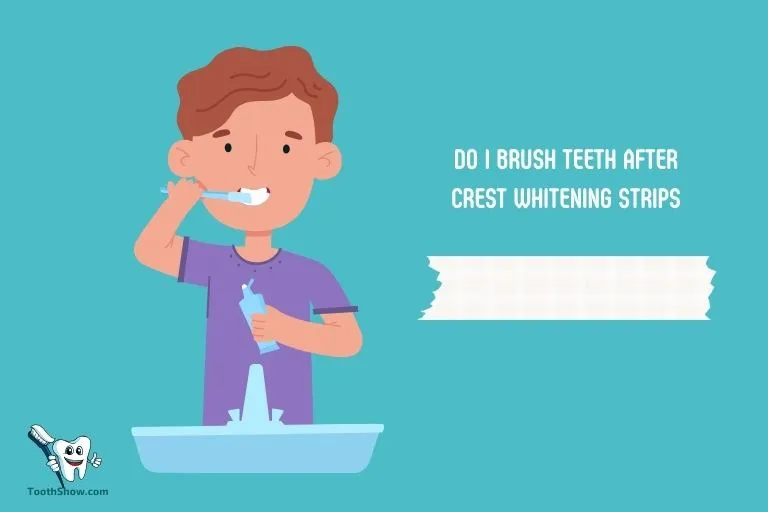
If you experience tooth sensitivity, consider using a toothpaste designed for sensitive teeth. These toothpastes typically contain ingredients like potassium nitrate, which helps block the tubules in the teeth that transmit sensations. Applying the whitening strips for a shorter duration or using them less frequently can also reduce sensitivity. Consult your dentist if the sensitivity persists; they may recommend professional treatments or products to alleviate the discomfort. Proper oral hygiene can help as well.
Dealing with Gum Irritation
Gum irritation often occurs if the whitening agent comes into contact with the gum tissues. To minimize this, ensure that the strips are applied correctly, avoiding contact with the gums. If irritation occurs, stop using the strips immediately and consult your dentist. They may suggest alternatives or treatments to soothe the inflamed tissues. Rinsing your mouth with water after removing the strips can also help remove any residual whitening agent that might cause irritation. Be gentle when brushing and flossing.
Fact 4: Maximizing Results
To achieve the best results with whitening strips, it’s important to incorporate them into your daily routine correctly. Following proper application techniques and adopting additional strategies can significantly enhance their effectiveness. The correct use of whitening strips isn’t just about applying them; it’s a combination of preparation, application, and aftercare. This approach ensures the best possible outcome while also maintaining the health of your teeth and gums. This involves more than just the act of applying the strips themselves.
Preparing Your Teeth Before Application
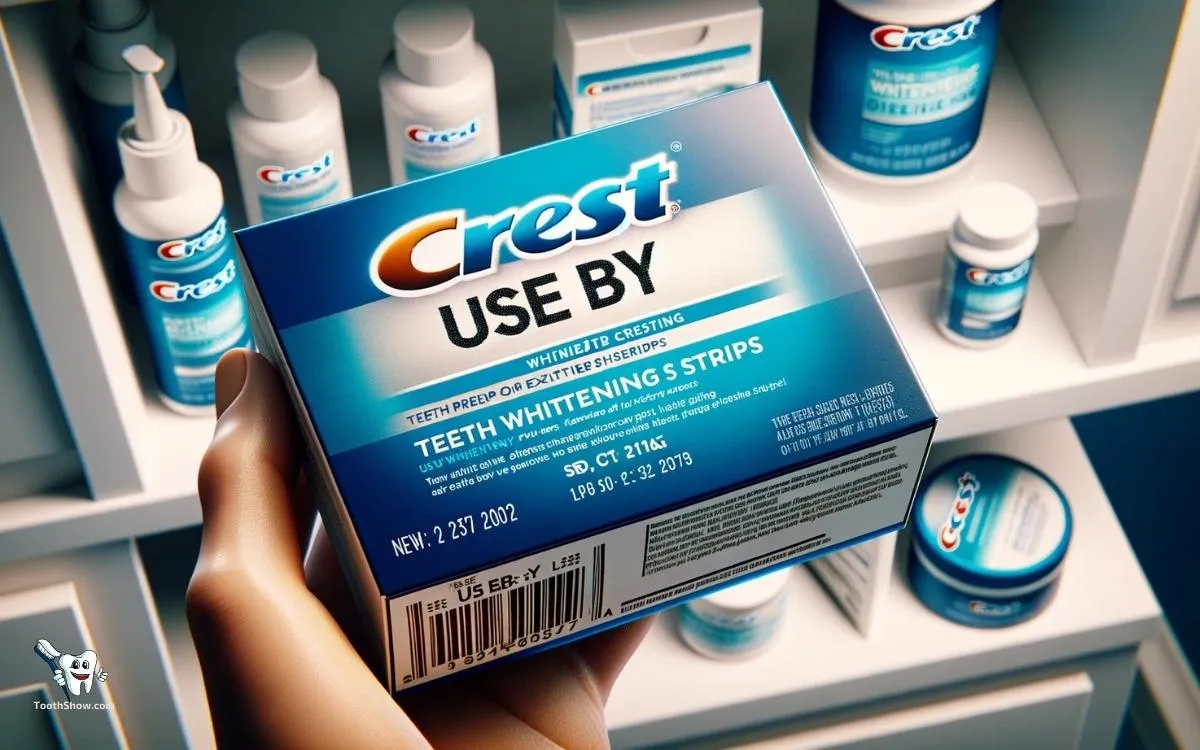
Before applying whitening strips, make sure to brush your teeth gently and thoroughly, ideally at least 30 minutes before. This ensures that any surface debris is removed, allowing the whitening agent to better penetrate the enamel. Ensure your teeth are dry before applying the strips; moisture can reduce the effectiveness of the strips. Avoid eating or drinking anything other than water for at least an hour after application. These steps can prepare your teeth for maximum whitening benefits.
Post-Application Care
After removing the whitening strips, rinse your mouth with water to remove any remaining whitening agent. Avoid eating or drinking for at least 30 minutes to allow the whitening process to continue undisturbed. It’s also crucial to avoid foods and drinks that can stain your teeth, such as coffee, tea, and red wine, for a few hours after each application. Following these aftercare instructions will help maintain and enhance the whitening results, extending the life of your brighter smile. Proper aftercare is critical to the long-term success of teeth whitening.
Fact 5: Safety and Effectiveness
The safety and effectiveness of teeth whitening products are regulated by various agencies to ensure consumer protection. Understanding these regulations and the differences between brands can help you make informed choices. Choosing products that meet specific safety standards and considering the ingredients will enhance your whitening experience.
FDA Regulations and Approval
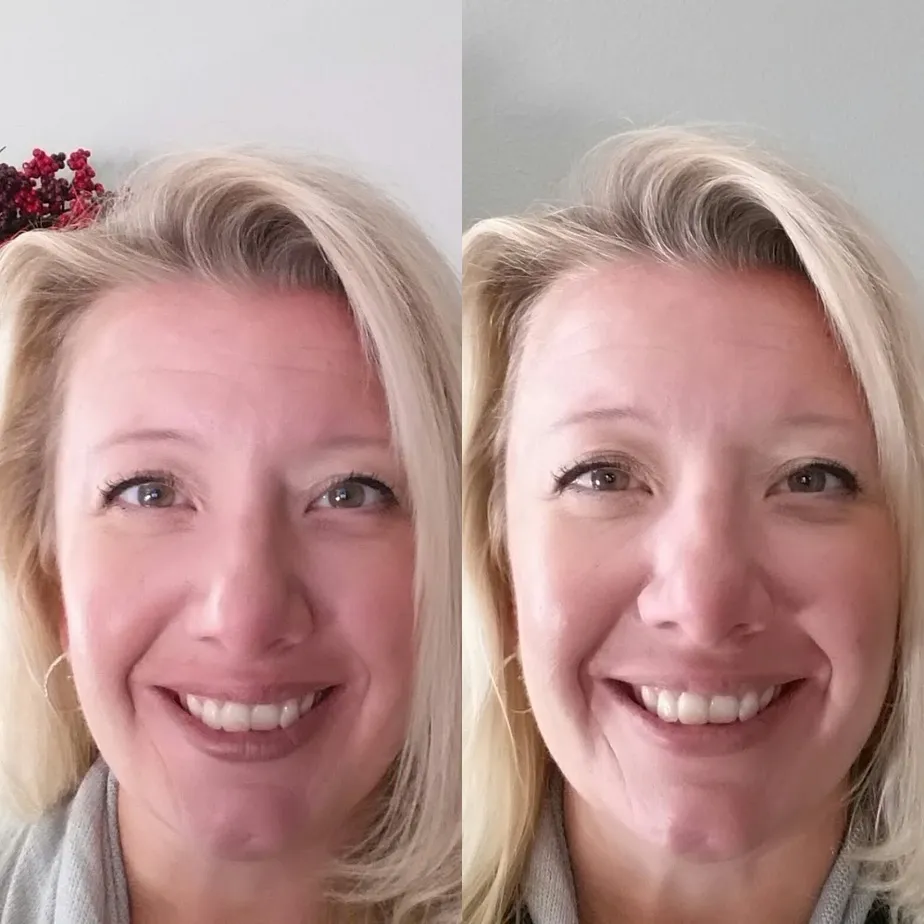
In the United States, the Food and Drug Administration (FDA) regulates the ingredients and labeling of teeth whitening products, including whitening strips. While the FDA does not pre-approve these products, it ensures that the ingredients are safe and the labeling is accurate. Look for products that comply with these regulations to ensure your safety. The FDA’s oversight helps to maintain consumer safety and product integrity in the teeth whitening market.
Comparing Whitening Strip Brands
Different whitening strip brands offer varying concentrations of the active ingredient, which affects the whitening results and the potential for sensitivity. Some brands also include additional features, such as enhanced adhesion or different flavors. Researching and comparing different brands based on their ingredients, customer reviews, and professional recommendations can help you find the most suitable option for your needs. Consulting your dentist can also provide valuable insight into which brands are best suited for your oral health and desired whitening outcomes.
Conclusion
Understanding the facts about using whitening strips after brushing allows you to incorporate them safely and effectively into your oral care routine. While it’s generally recommended to brush before, not immediately before, applying whitening strips, knowing the science behind the process, managing potential side effects, and practicing proper application and aftercare can help you achieve a brighter smile. Always consult with your dentist to determine the best approach for your specific needs and oral health conditions, ensuring that you maintain a healthy and radiant smile.
